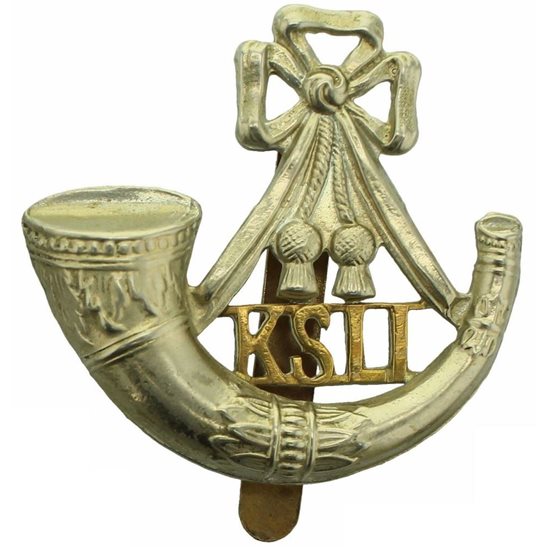Personal Details
Born: 10 January 1879 in Kirriemuir, Forfarshire, Scotland.
Family: He was the eldest of two children born to Alexander Milne Watson, a solicitor, and his wife Mary. He married Lilian Marion Weaver in 1906 and together they had three children – Thomas, Edmund and Lilian.
Residence: In 1881 he was living with his parents and siblings at Kirktonshae House, East Roods Street, Kirriemuir. In 1891 he was living with his sister and his maternal grandparents in Ash Wood Lane, Whitchurch, Shropshire; in the late 1890’s/early 1900’s he was serving with the Gordon Highlanders in the Boer War in South Africa. Having married in 1906, in 1911 his wife was living at 44 Mardol, Shrewsbury with their children and her widowed mother; Alexander was not with them. His RAF service record showed an address in 1918 of Myrtle House, Port Hill, Shrewsbury, Shropshire. In 1939 he was living with his family at 17 Grove Avenue, Vicars Cross, Cheshire; this was his address when he died in 1947.
Employment: He was a career soldier.
Died: 26 July 1947 in Vicars Cross, near Chester, Cheshire, aged 68.
Military Details
Regiment: King’s Shropshire Light Infantry, seconded to the Royal Air Force at the end of WW1
Rank: Captain
Service Number:
Date of Enlistment: Not known
Date of Discharge: Not known
Reason for Discharge: Not known
Alexander was awarded the Campaign Medals (British War medal and Victory medal)

The British War Medal (also known as 'Squeak') was a silver or bronze medal awarded to officers and men of the British and Imperial Forces who either entered a theatre of war or entered service overseas between 5th August 1914 and 11th November 1918 inclusive. This was later extended to services in Russia, Siberia and some other areas in 1919 and 1920. Approximately 6.5 million British War Medals were issued. Approximately 6.4 million of these were the silver versions of this medal. Around 110,000 of a bronze version were issued mainly to Chinese, Maltese and Indian Labour Corps. The front (obv or obverse) of the medal depicts the head of George V. The recipient's service number, rank, name and unit was impressed on the rim.
The Allied Victory Medal (also known as 'Wilfred') was issued by each of the allies. It was decided that each of the allies should each issue their own bronze victory medal with a similar design, similar equivalent wording and identical ribbon. The British medal was designed by W. McMillan. The front depicts a winged classical figure representing victory. Approximately 5.7 million victory medals were issued. Interestingly, eligibility for this medal was more restrictive and not everyone who received the British War Medal ('Squeak') also received the Victory Medal ('Wilfred'). However, in general, all recipients of 'Wilfred' also received 'Squeak' and all recipients of The 1914 Star or The 1914/1915 Star (also known as 'Pip') also received both 'Squeak' and 'Wilfred'. The recipient's service number, rank, name and unit was impressed on the rim.

